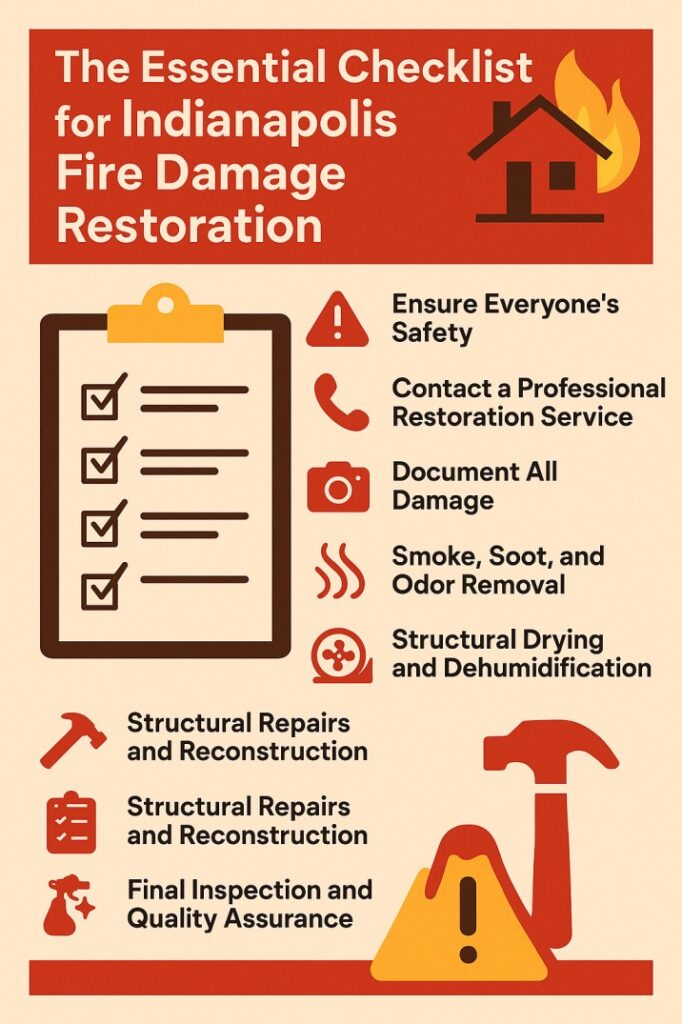In today’s industrial landscape, machinery downtime is not just a technical issue—it’s a business risk. As industries become more automated and performance-driven, even the smallest components can have a significant impact on operational efficiency. One such component is the hydraulic oil seal, a vital element in hydraulic systems that ensures performance, safety, and system longevity.
This article explores why the quality of hydraulic oil seals is critical, the risks of choosing inferior alternatives, and how a proactive approach to seal selection and system design can enhance overall equipment reliability.
The Function of Hydraulic Oil Seals in Industrial Systems
A hydraulic oil seal is designed to retain pressurized fluid within hydraulic machinery and prevent the ingress of dirt, dust, or moisture. It enables smooth linear or rotary motion between moving parts while maintaining fluid containment. Whether in cylinders, pumps, or actuators, these seals are crucial for maintaining performance under high pressure, temperature, and mechanical stress.
In sectors such as logistics, construction, oil & gas, or manufacturing, hydraulic systems often operate continuously under harsh conditions. Without effective sealing, systems can leak, overheat, or fail altogether—leading to expensive repairs or total shutdown.
The Hidden Costs of Poor-Quality Seals
Choosing the wrong hydraulic oil seal—either due to material incompatibility or substandard manufacturing—can lead to a cascade of failures, such as:
- Fluid Leakage: Loss of hydraulic oil results in reduced pressure and system inefficiency.
- Contamination: Dirt or water ingress can corrode internal components and degrade system fluid.
- Overheating: Increased friction from faulty seals leads to heat generation and accelerated wear.
- Operational Downtime: Frequent seal failures cause interruptions, delaying production and deliveries.
In heavy-duty machinery where downtime translates to lost revenue per hour, investing in seal quality becomes a preventive rather than corrective measure.
Characteristics of High-Performance Hydraulic Seals
Industrial-grade hydraulic oil seals are engineered to deliver consistent performance, even under extreme conditions. The following characteristics are essential for quality seal performance:
- Chemical Resistance: Resilience against hydraulic fluids, solvents, and aggressive chemicals.
- Thermal Stability: Withstanding a wide range of operating temperatures without losing integrity.
- Pressure Resistance: Preventing extrusion or distortion under fluctuating hydraulic loads.
- Low Friction: Enabling smooth motion and reducing heat generation.
- Precise Fit: Ensuring no gaps or misalignments, even under dynamic movement.
These attributes make hydraulic oil seal systems reliable for high-performance operations in manufacturing plants, heavy machinery, and warehouse environments.
Maintenance Strategy: Extend Seal Life and Protect Equipment
Even the best seals can fail prematurely if not maintained correctly. Routine inspection of hydraulic systems helps identify early signs of seal degradation—such as swelling, cracking, or fluid seepage. A strong maintenance plan includes:
- Scheduled Seal Replacement: Replacing seals at regular intervals, even before visible damage.
- Correct Installation: Using proper tools and techniques to avoid seal misalignment or pinching.
- Fluid Monitoring: Ensuring hydraulic fluid quality does not degrade seal materials.
- Environmental Controls: Protecting seals from excessive dirt, heat, or moisture exposure.
Implementing these practices not only improves seal longevity but also protects critical system components from unnecessary wear.
Enhancing Operational Efficiency with Complementary Systems
High-quality seals aren’t the only contributors to operational performance. In many industrial facilities, optimizing movement and workflow is equally important. For example, modern facilities are now upgrading to smarter infrastructure elements like automated high-speed doors.
The benefits of high-speed roll-up doors for industrial facilities include faster access control, reduced air infiltration, better energy efficiency, and improved safety. When paired with reliable hydraulic systems, such upgrades create a synergy of speed, efficiency, and durability across operations.
This holistic approach—upgrading both mechanical components and facility systems—positions businesses for higher output, minimal downtime, and lower maintenance costs.
Real-World Applications Across Industries
Hydraulic oil seals are used in a wide range of industrial machinery:
- Hydraulic Presses: Require consistent sealing under high compressive force.
- Cranes & Lifts: Seals maintain pressure in pistons to lift heavy loads safely.
- Waste Compactors: Operate in dusty, corrosive environments needing resilient seals.
- Scissor Lifts & Cargo Platforms: Depend on robust sealing for stable movement.
In all these systems, the margin for error is slim. A failed seal could mean not only financial losses but also safety hazards for operators and technicians.
Conclusion
The importance of using high-quality hydraulic oil seals cannot be overstated. These components may be small in size, but their impact on machine performance, safety, and operational reliability is immense. Choosing the right seals—designed to withstand the mechanical, thermal, and chemical demands of your specific application—can dramatically reduce maintenance frequency, prevent unplanned downtime, and extend equipment lifespan.
Moreover, when integrated with complementary technologies like automated roll-up doors or efficient hydraulic lifts, the benefits compound. Facilities become more responsive, systems more reliable, and operations more profitable.
In industries where uptime is crucial and performance expectations are high, attention to seal quality is not just good practice—it’s a strategic imperative.









